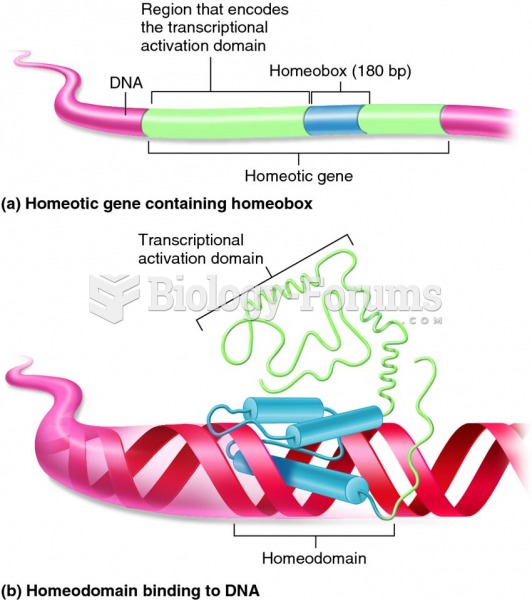This topic contains a solution. Click here to go to the answer
|
|
|
Did you know?
Warfarin was developed as a consequence of the study of a strange bleeding disorder that suddenly occurred in cattle on the northern prairies of the United States in the early 1900s.
Did you know?
In 1844, Charles Goodyear obtained the first patent for a rubber condom.
Did you know?
People about to have surgery must tell their health care providers about all supplements they take.
Did you know?
Medication errors are three times higher among children and infants than with adults.
Did you know?
As the western states of America were settled, pioneers often had to drink rancid water from ponds and other sources. This often resulted in chronic diarrhea, causing many cases of dehydration and death that could have been avoided if clean water had been available.







